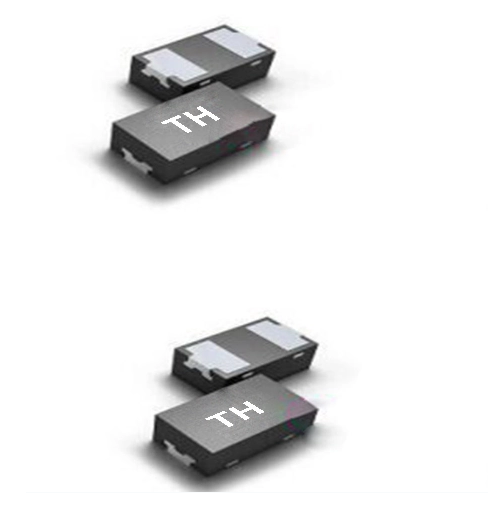In the realm of photography, the dark room is a sacred space where the magic of image development unfolds. Photographers, both amateur and professional, rely on this controlled environment to transform exposed film into tangible photographs. One of the most critical aspects of this process is the type of light used within the dark room. Understanding what color of light photographers typically employ can significantly impact the quality of their work and the integrity of their images.
The Science of Light in Dark Rooms
Before delving into the specifics of light color, it is essential to understand the science behind light and its interaction with photographic materials. Traditional photographic paper is sensitive to specific wavelengths of light, particularly those in the blue and ultraviolet spectrum. This sensitivity necessitates the use of specialized lighting to prevent unwanted exposure during the development process.
The Dominant Color: Red Light
The most commonly used color of light in dark rooms is red. Photographers utilize red safelights, which emit light primarily in the red spectrum, to illuminate their workspace without affecting the photographic paper. The reason for this choice lies in the fact that most black-and-white photographic papers are not sensitive to red light. This allows photographers to work safely in the dark room without risking premature exposure of their prints.
The Mechanism Behind Red Light
Red light works effectively because it falls outside the sensitivity range of most black-and-white photographic materials. When exposed to red light, these materials remain unchanged, allowing photographers to see what they are doing while developing their prints. However, it is crucial to note that not all photographic papers are entirely insensitive to red light. Some papers, particularly those designed for color photography, may have varying degrees of sensitivity, necessitating caution and further research by the photographer.
Alternative Colors: Amber and Green Light
While red light is the standard, some photographers also employ amber or green safelights, particularly when working with specific types of photographic paper. Amber light can be used for certain types of black-and-white papers that are less sensitive to this wavelength. Similarly, green light may be suitable for certain color processes, although its use is less common.
The Limitations of Alternative Colors
It is essential to recognize that using amber or green light can introduce risks. Photographers must be well-versed in the sensitivity of the materials they are using to avoid unintended exposure. This is particularly important for those who are experimenting with different types of film or paper, as the results can vary significantly.
The Importance of Light Quality
Beyond color, the quality of light in a dark room is equally important. Photographers should consider the intensity and diffusion of the light source. A dim, diffused red light is preferable, as it minimizes glare and allows for a more comfortable working environment. Harsh or overly bright lights can create shadows and make it difficult to see fine details, which can lead to mistakes during the development process.
Conclusion: Mastering the Art of Light in Dark Rooms
In conclusion, the color of light used in dark rooms is a fundamental aspect of the photographic process. Red light remains the dominant choice due to its safety for black-and-white photographic materials, while amber and green lights may serve specific purposes for certain papers. Photographers must understand the sensitivities of their materials and the implications of light quality to ensure successful image development.





